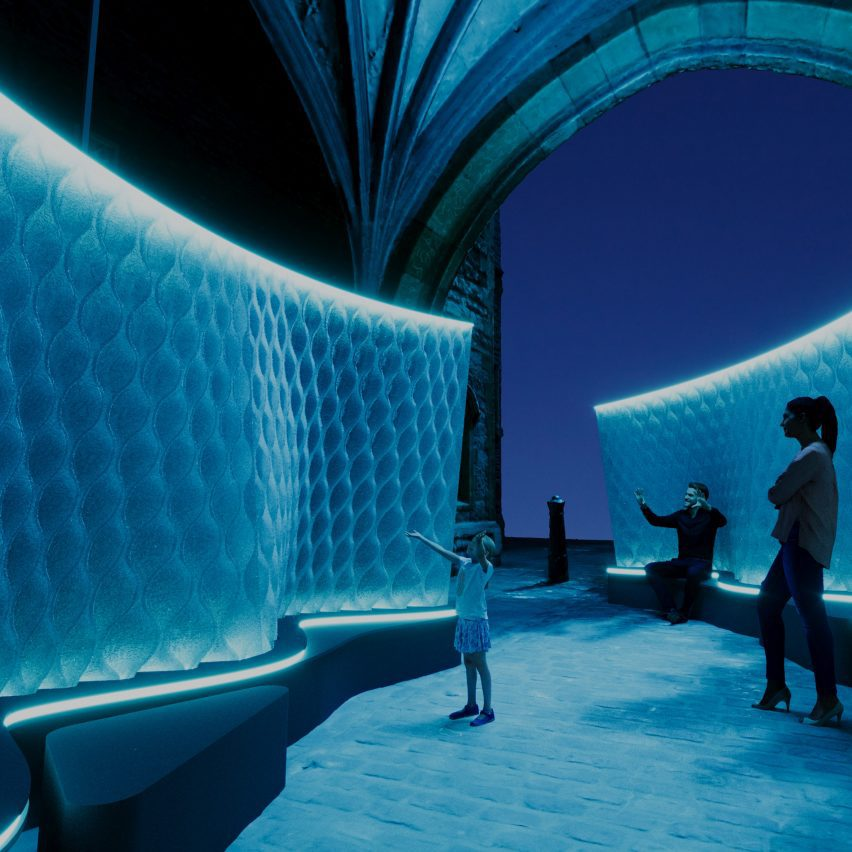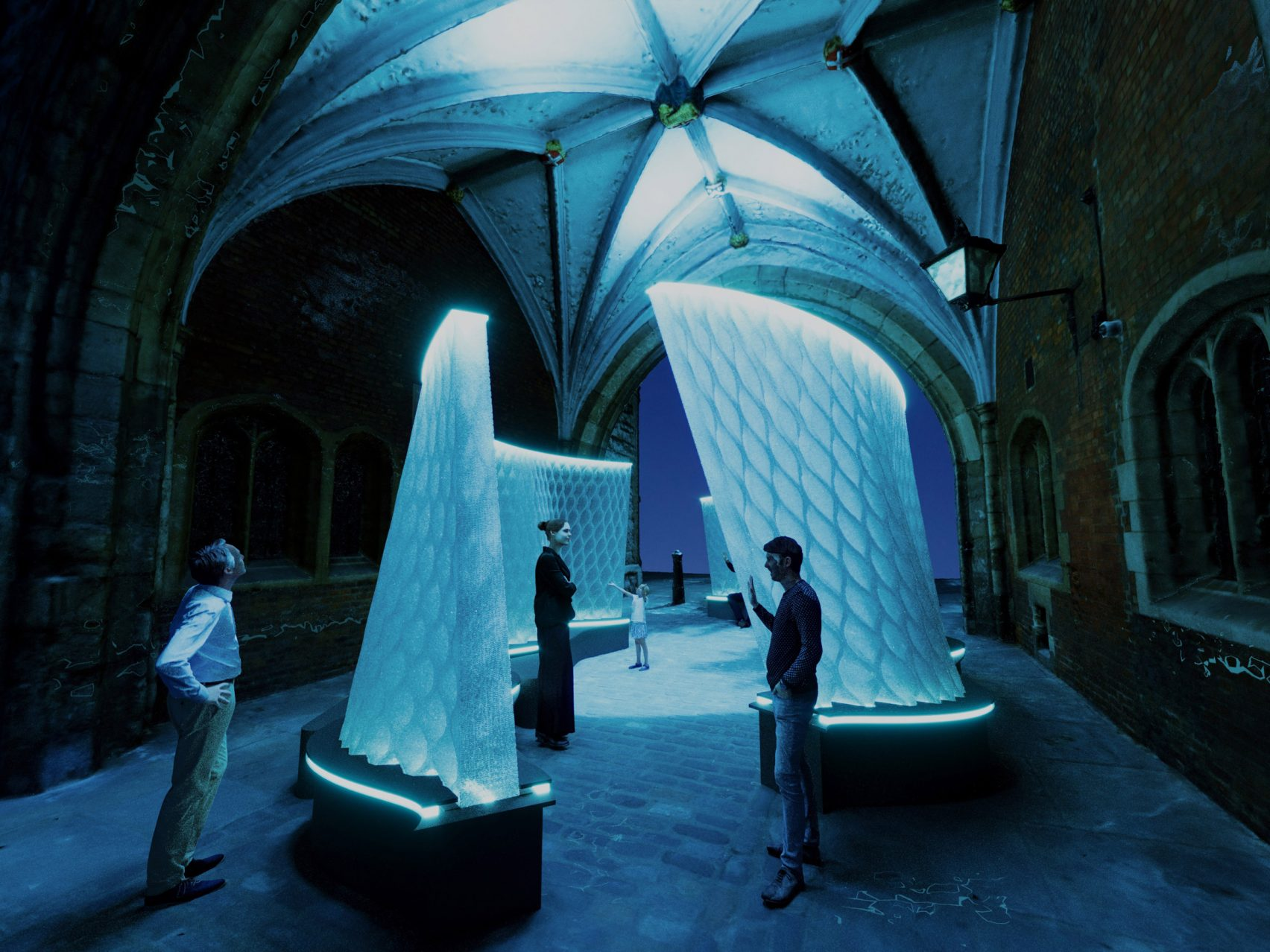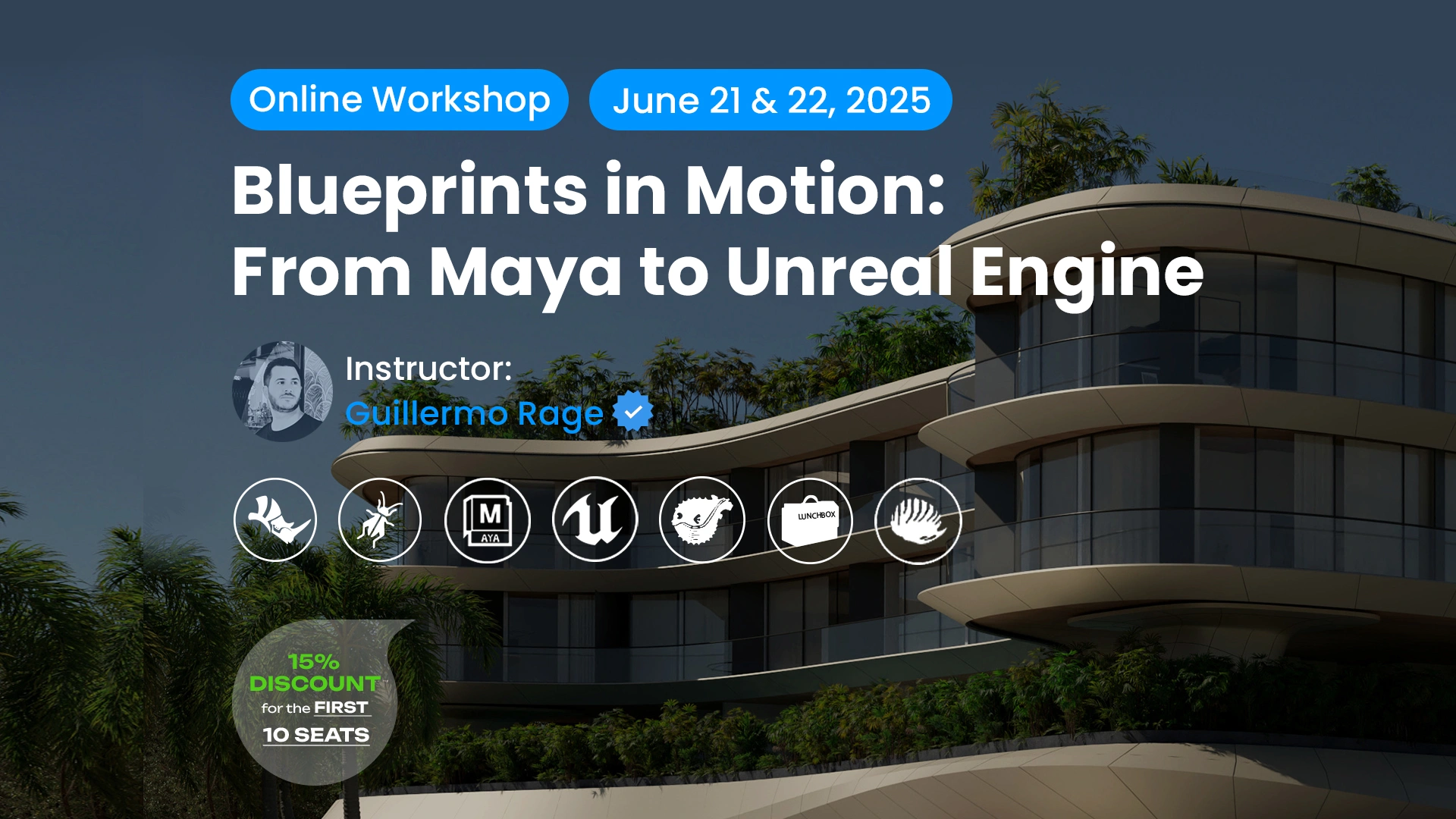Arthur Mamou-Mani, a Franco-British architect, has won the Shaping Water Competition with his “Harmonic Tides,” which features a distinctive 3D-printed installation. The designed installation will be erected at the Clerkenwell Design Week later this month, which features the architect’s unique 3D-printed walls mimicking wave-like forms. The design of the walls of the installations was inspired by natural hydrodynamic forms of natural water, such as river eddies and spiral-form ocean currents. The two undulated 3D-printed walls of the Harmonic Tides feature a unique ripple-like geometry effect.

Arthur Mamou-Mani is a well-renowned architect who specializes in a new style of digitally designed and fabricated architecture, and is the director of award-winning architecture practice Mamou-Mani. The movement of the water-inspired installation is referred to as a water corridor by Mamou-Mani that comes alive through the integrated LED lighting, designed to respond to the rhythm of wave pulses. The modules of the display are in the unity of an installation with integrated LED light, evoking an underwater serenity.

The Shaping Water Competition will be held at the Clerkenwell Design Week, being organised by Dezeen in collaboration with Villeroy & Boch and Ideal Standard bathroom brands. Architects and Designers were invited to create a large-scale public installation celebrating “Water”. Designers were invited with a design brief of creating Bold, Distinctive, and Creative ideas for the historic landmark of St John’s Gate situated in Clerkenwell, London. The Clerkenwell Design Week aimed to create an interesting and engaging experience for visitors that responds to the site’s context.
The Harmonic Tides form is not only designed as a distinctive 3D printed installation, but also as a sustainable installation. The modules of the Harmonic Tides installation have indeed been reused from a previous designer’s installation, which was reconfigured for the site for a circular design and to reduce your energy consumption with material utilization. The two 3D printed walls have been designed and composed of modules, having been composed of PLA (Sugar-based polylactic acid). PLA is an industry-based compostable bioplastic which has been derived from renewable resources and fabricated in Mamou Mani’s London studio locally.

The 3d printed modules and installation that have been proposed have been designed thoughtfully to showcase both the aesthetic and functional water qualities, creating a dynamic nature that has an impact on transforming wellbeing. The installation by Arthur has been carefully designed with sugar-based PLA that has been created into self-supporting ripple-like forms that enclose visitors within the installation space. The play of sound and light with the wave-like form creates a spectacle that is a stark contrast to the St John’s Gate.
The context of the Harmonic Tides installation has also been designed to create an atmosphere that reflects the design’s serenity. The thought of gentle music enhances the underwater landscape scene, creating a relaxing installation atmosphere and giving them a pause to view the installation. The completed designs of the Harmonic Tides will be featured at this year’s Clerkenwell Design Week and on Dezeen.
If you’re interested in Arthur Mamou-Mani’s innovative approach to architecture, his Eco-Parametric Structures workshop delves into the use of wood in construction, exploring how to develop parametric, modular, and environmentally responsive architectural systems. Beyond the technical aspects, the course encourages designers to let emotion and intuition guide them through what is often seen as a purely mathematical process.
Harmonic Tides Project Details:
Project name: Harmonic Tides
Location: Clerkenwell, London
Architect: Arthur Mamou Mani
Program: Clerkenwell Design Week
Year: 2025


















Leave a comment